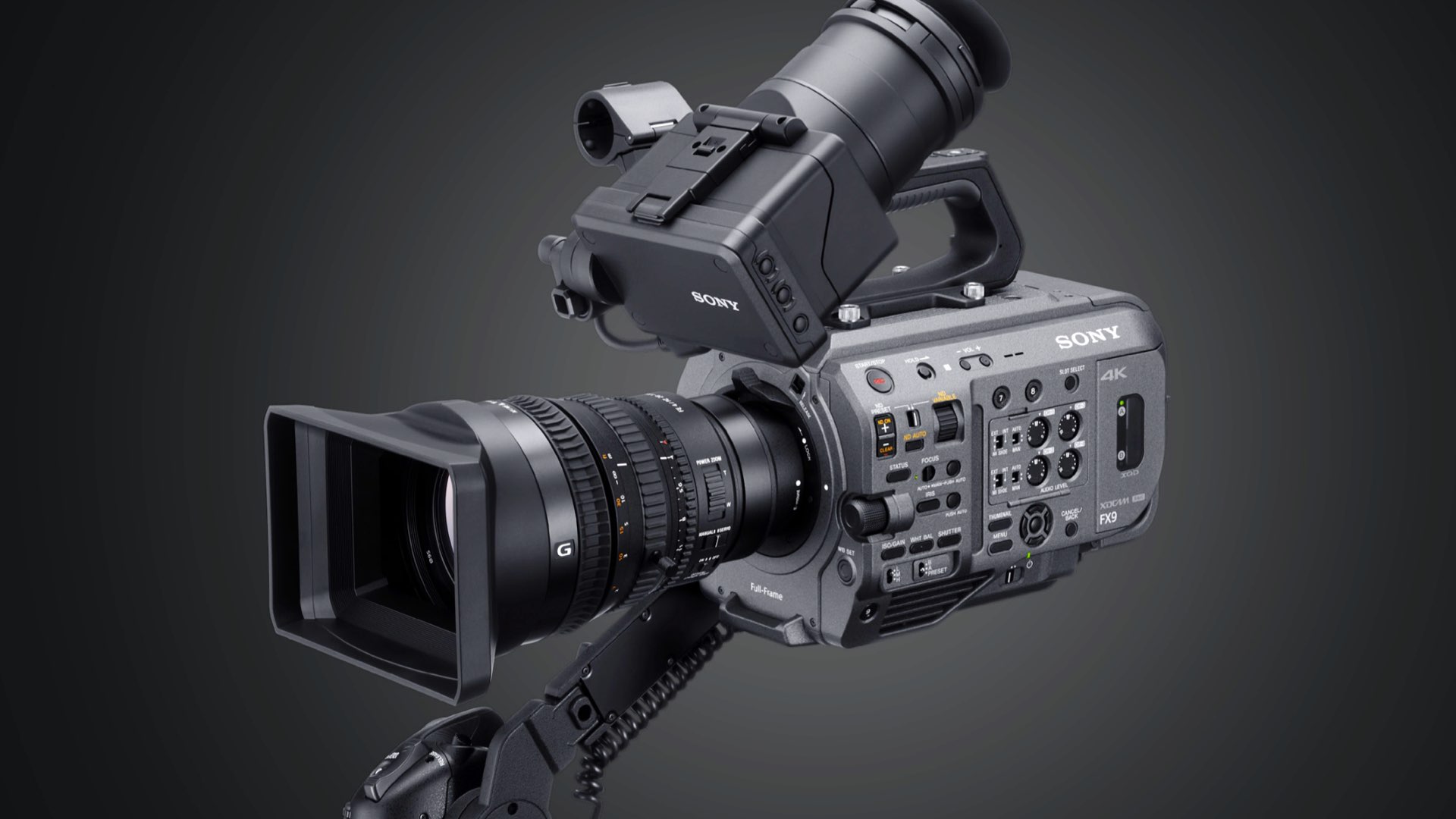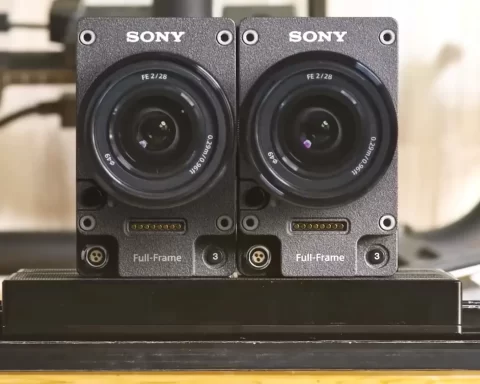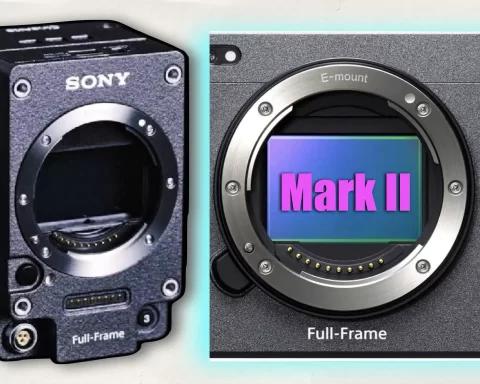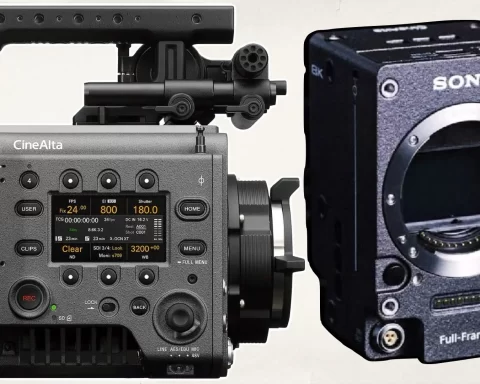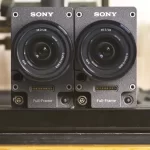A lot of new educational content regarding FX9 on the Sony Professional website. A new series of FX9 video tutorials, plus the new FX9 Quick Reference Guide which everyone can download. Explore those down below.
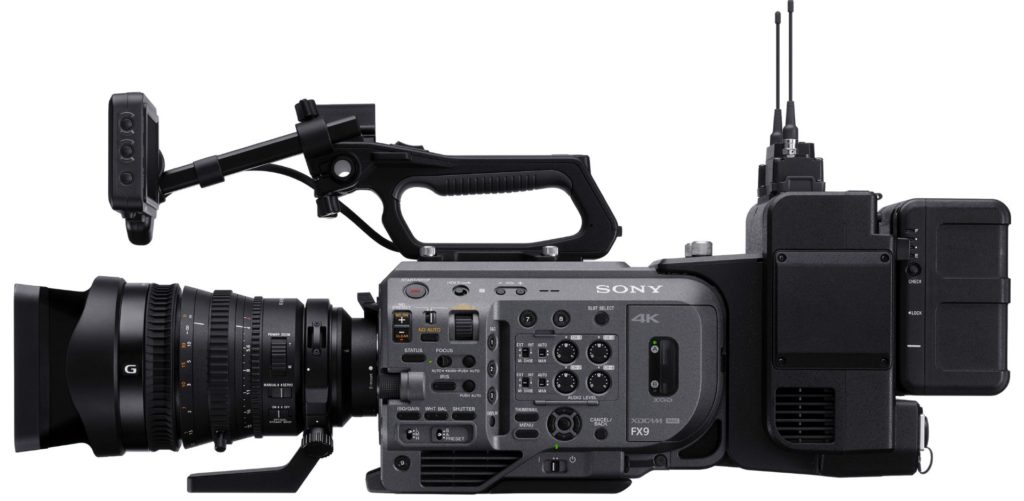
FX9 Quick Reference Guide
Following the VENICE Remote Operation Cinematography Guide, Sony has published the FX9 Quick Reference Guide. This PDF mobile-friendly document was written by TV cameraman, DP, and DIT Alister Chapman. The FX9 Quick Reference Guide provides expert advice on getting the very best out of the FX9 in any shooting situation. The 22 sections cover everything from the basics of camera set-up to the intricacies of slow-motion frame rates and S-Cinetone. It’s the ultimate insider’s guide to the FX9 packed with essential tips. These are the topics:
- Introduction to this guide
- Initial camera setup
- Choosing the right operating model
- Scan Modes, frame rates, and codecs
- Shutter, Shutter Speed, and Shutter Angle
- ISO, Gain and Dual ISO
- White Balance and Tint
- Exposure, Zebras, Waveform, and Histogram
- Aperture/Iris and Auto Exposure
- The ND Filter System
- Auto Focus and Focus Aids
- Gamma Settings In Custom Mode
- The MATRIX: How to change the color ranges
- Custom Mode Other Settings
- Using the Cine EI mode
- Slow and Quick Motion, Interval Record, and Picture Cache Record
- SteadyShot and Post Production Image Stabilization
- Audio Options
- Recording, Recording Media, and Backups
- Networking and Wi-Fi Overview
- Error messages and common problems
As you can see it’s very comprehensive and covers all aspects, features, and functionalities of the camera. You should defiantly check it out regardless if you own FX9 or not. You can download it from this link.
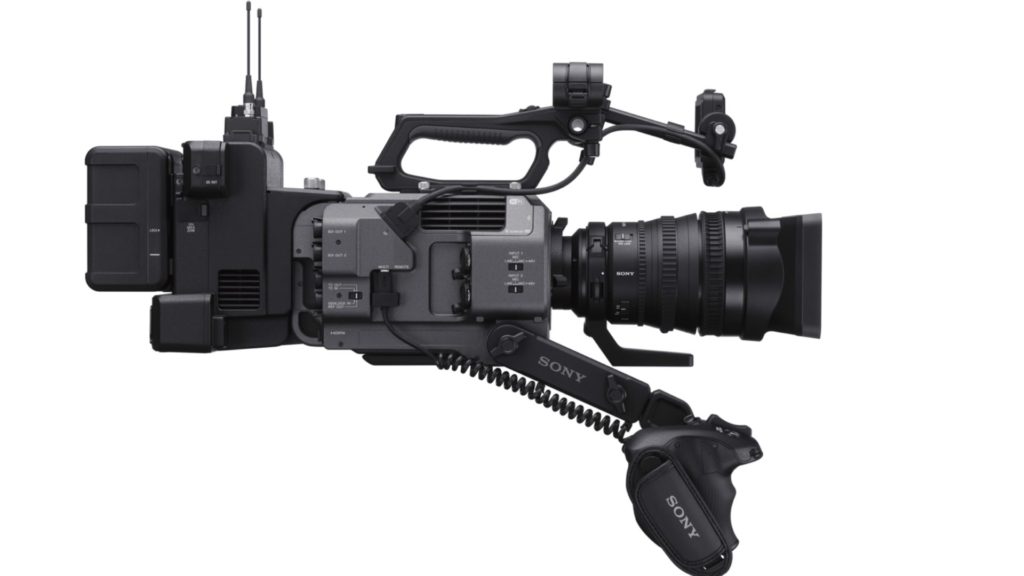
FX9 tutorials
Furthermore, Sony has published a new series of video tutorials also conducted by Chapman. The goal is to have a deep and closer look at the key features of Sony’s full-frame camcorder to help the user understand how to get the best from the PXW-FX9. The topics are diverse: From camera setup, lensing, RAW shooting, and advanced filming. Explore it by clicking this link.
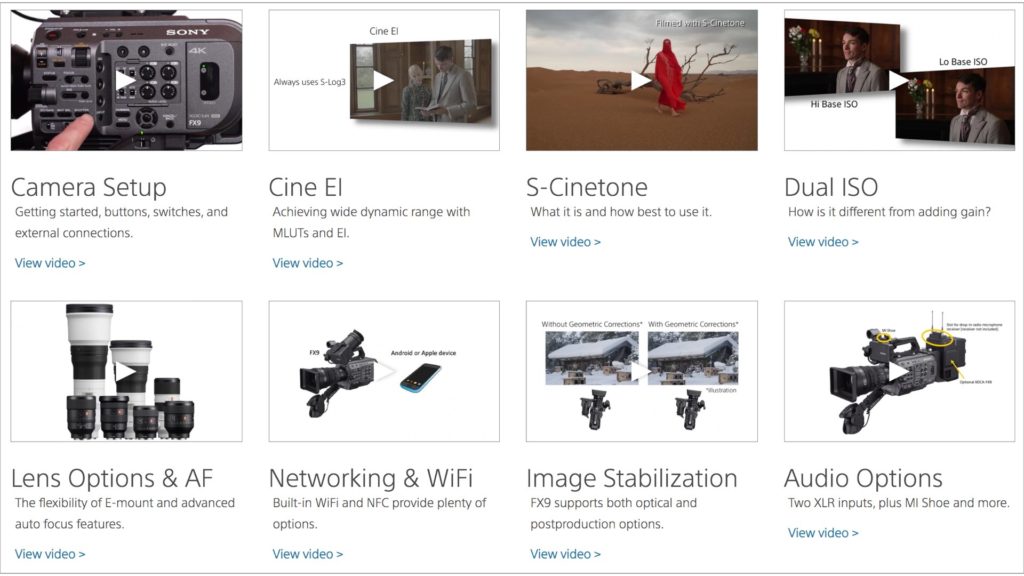
Make good use out of it 🙂

